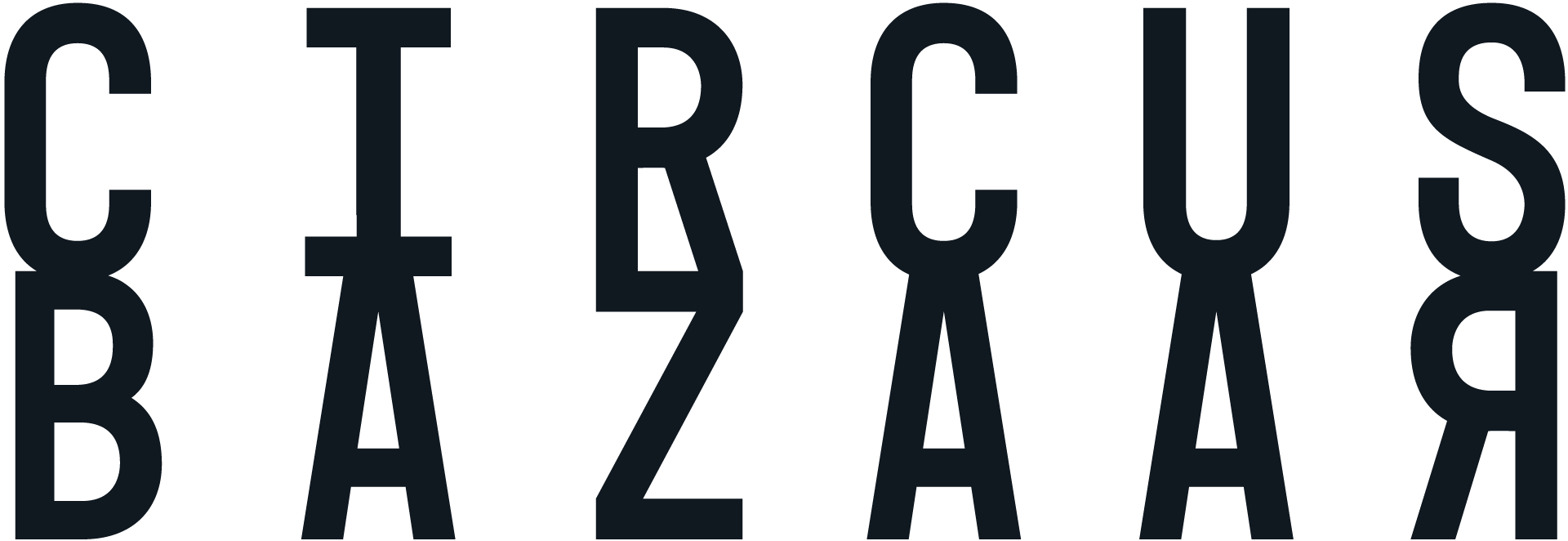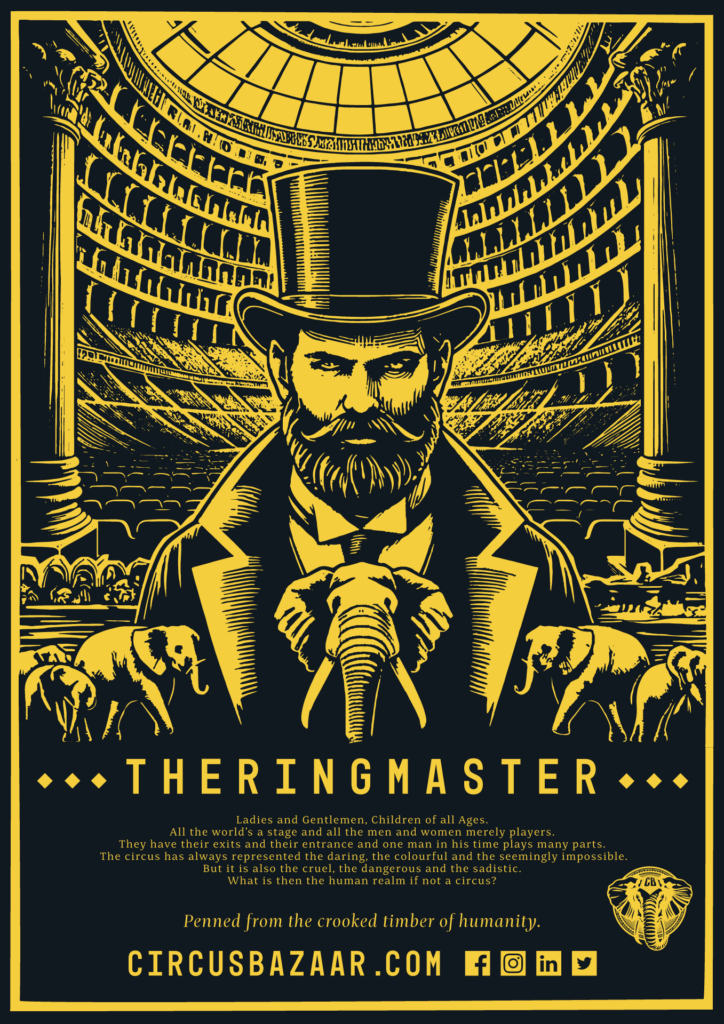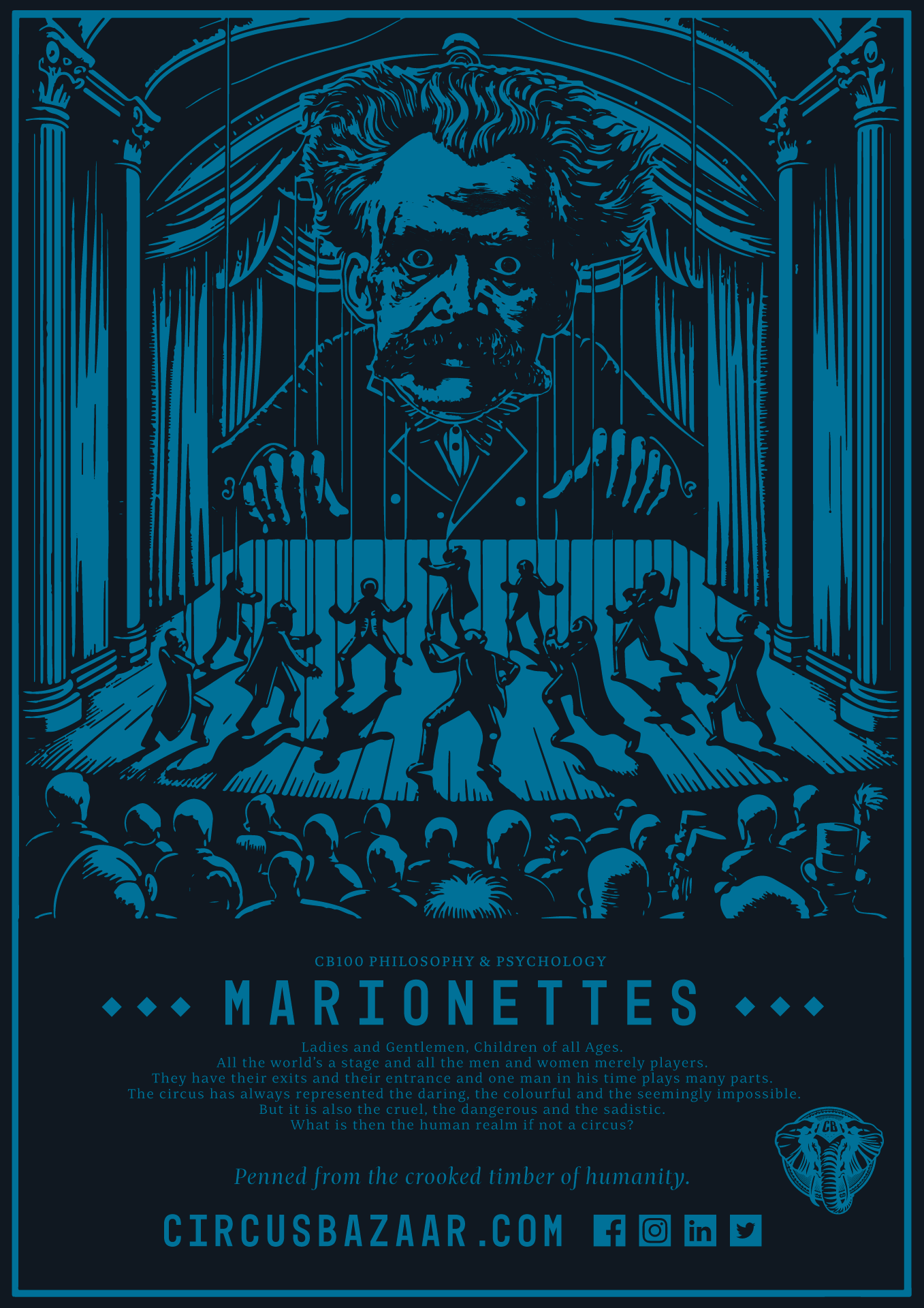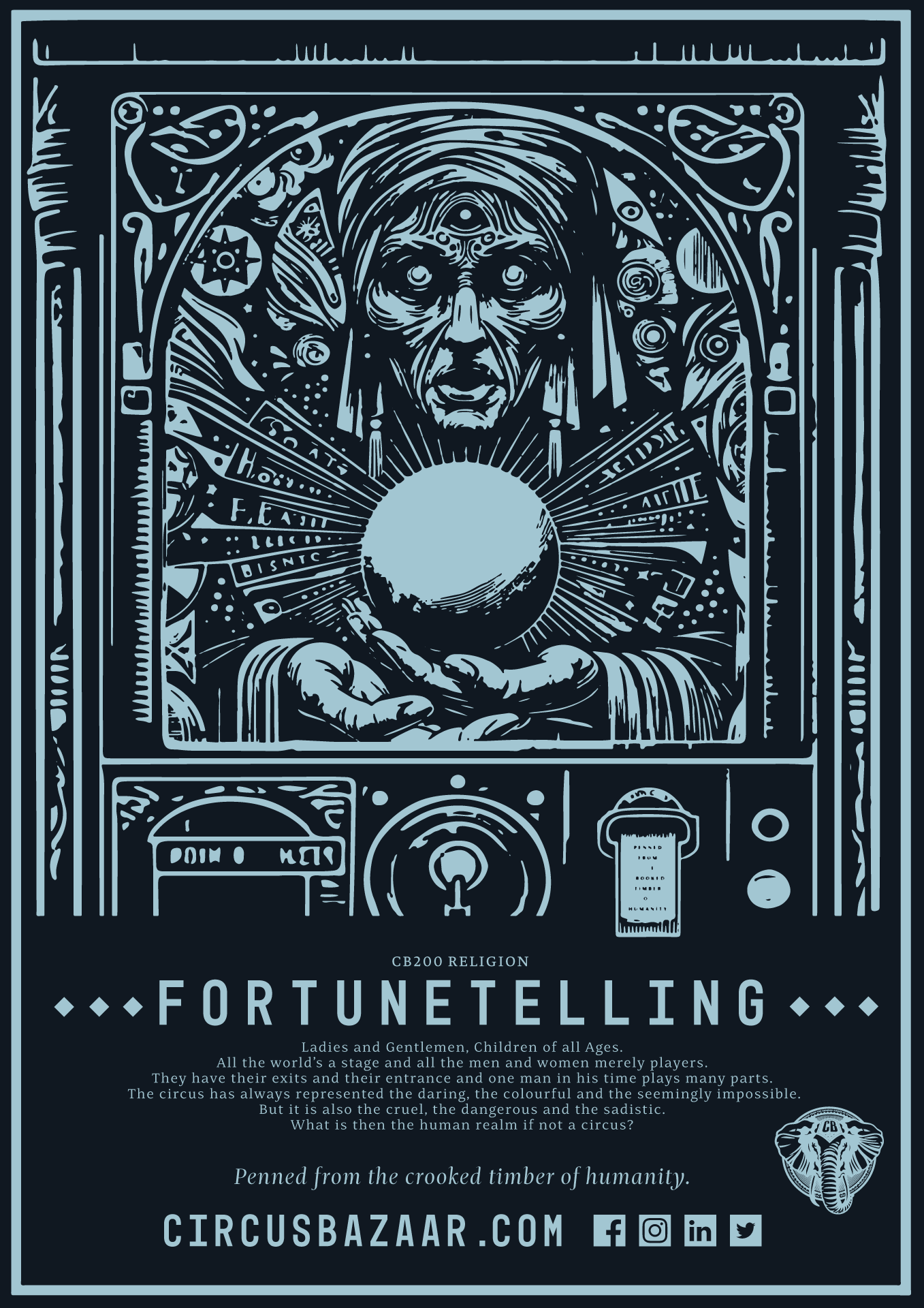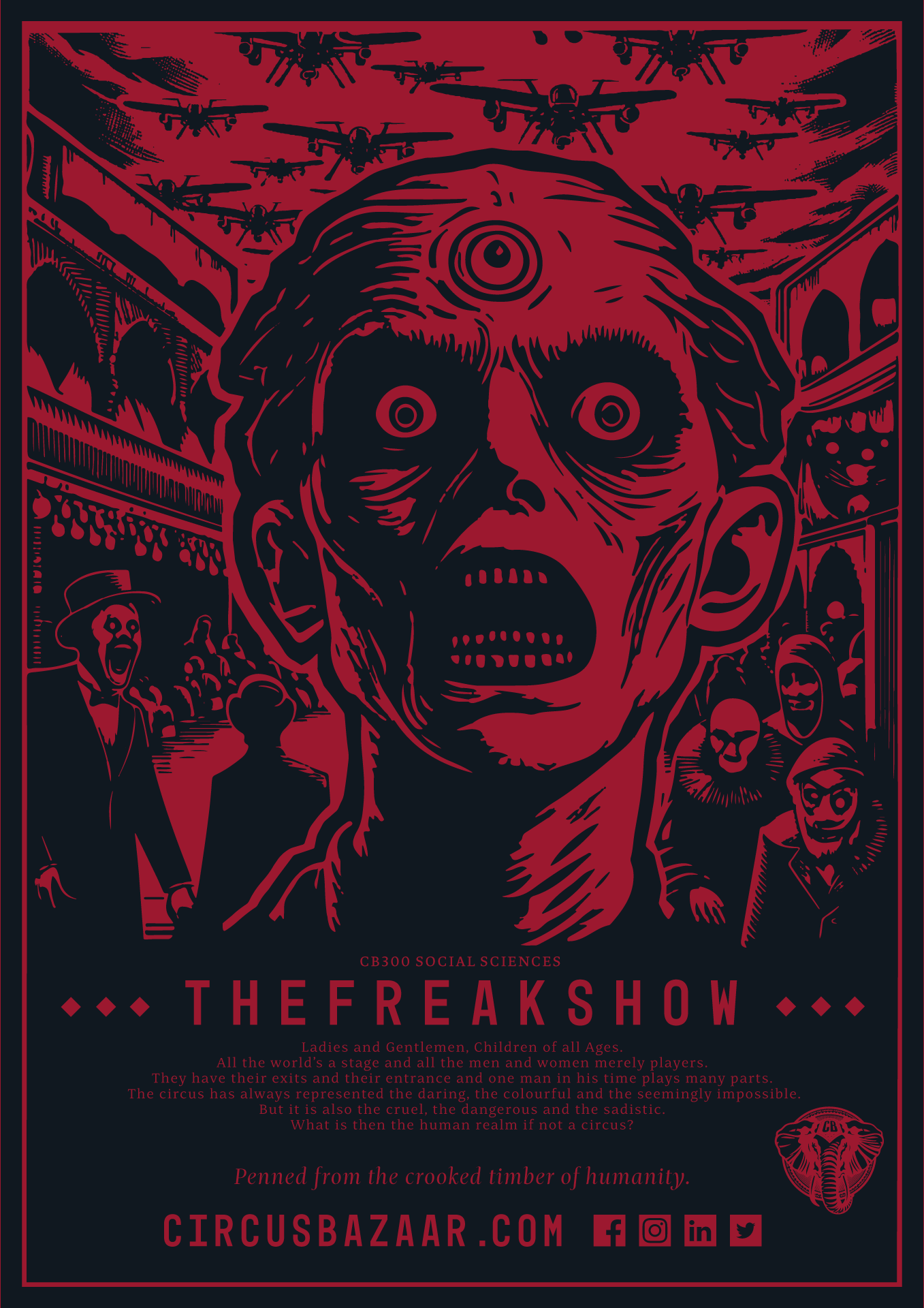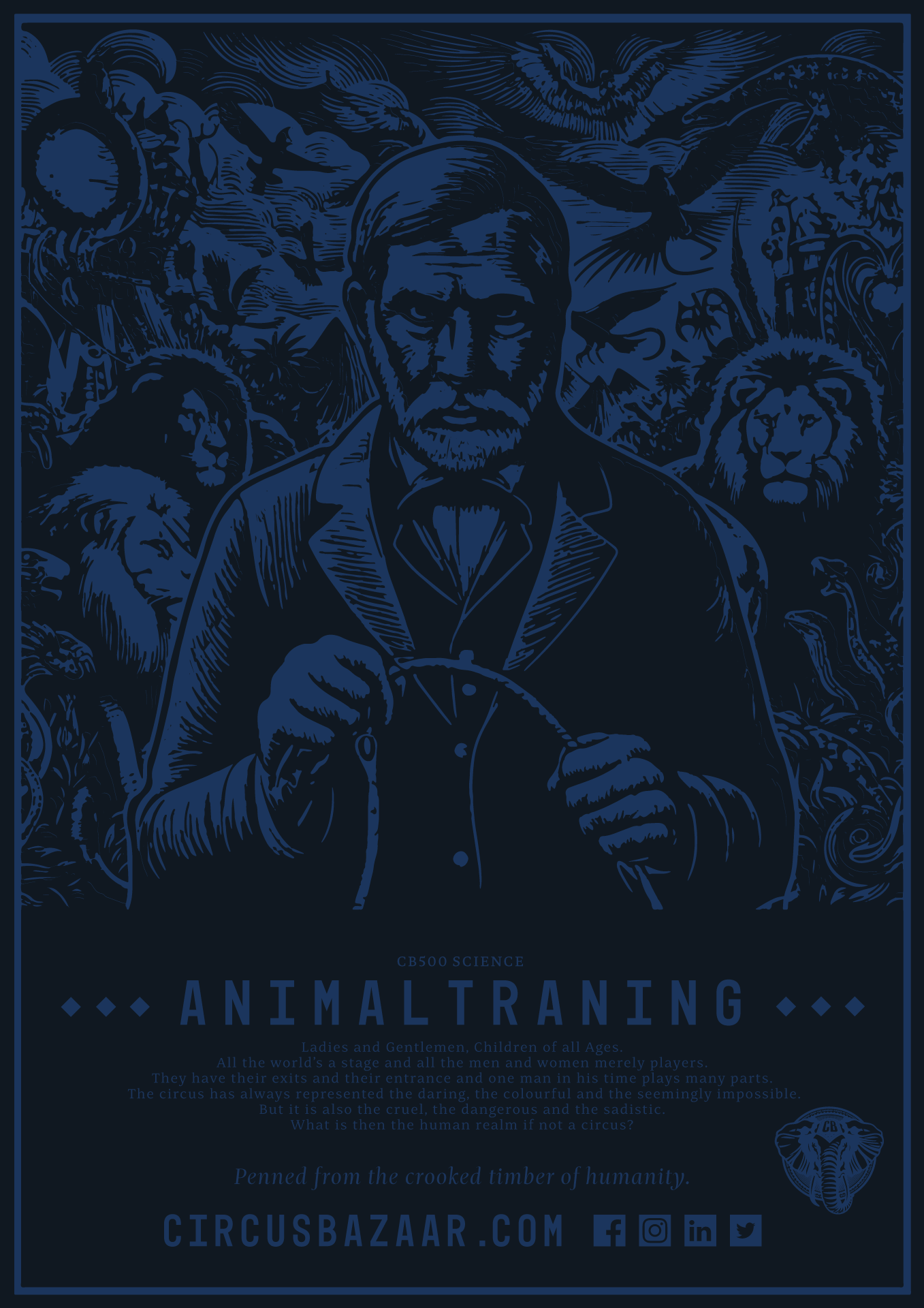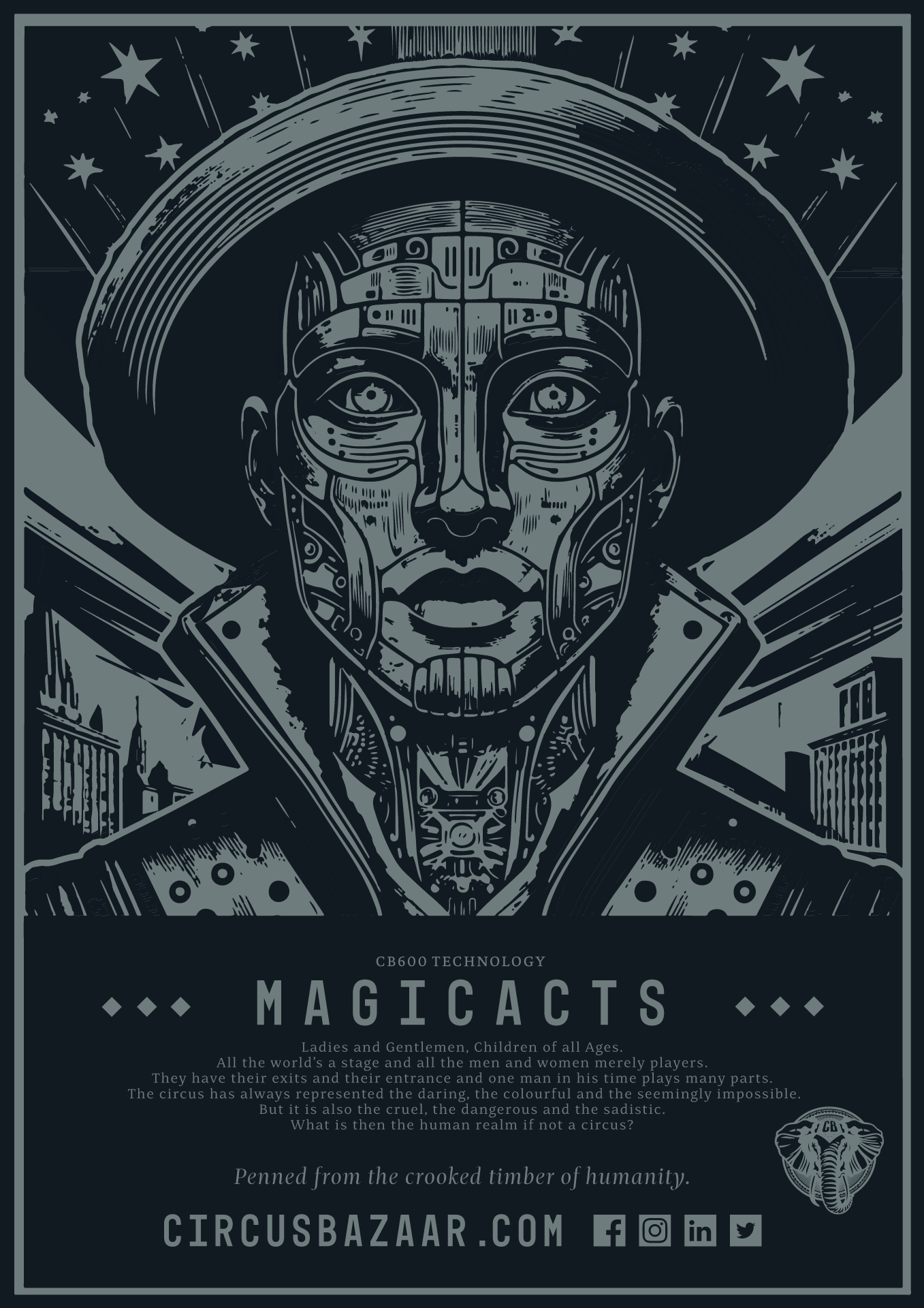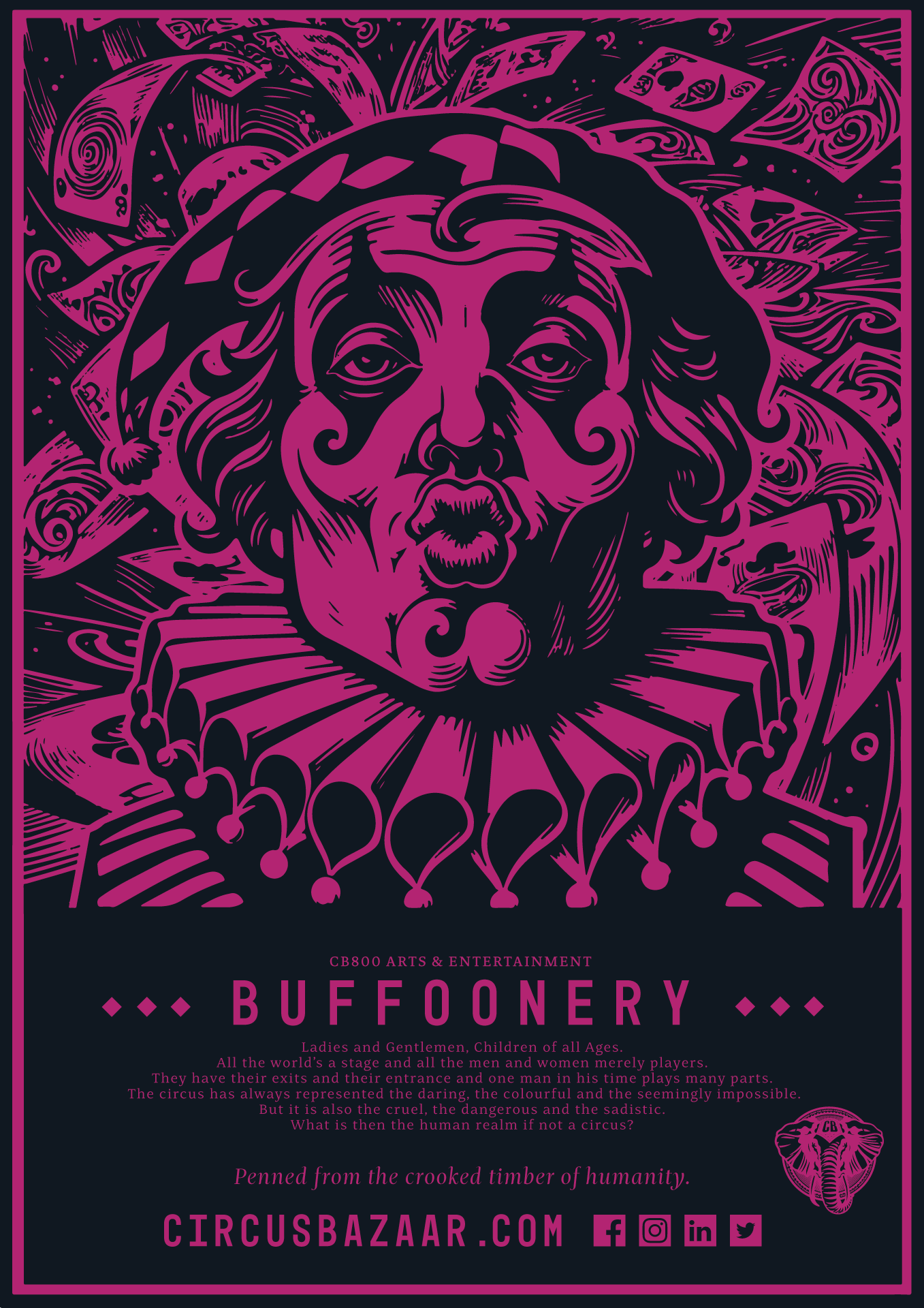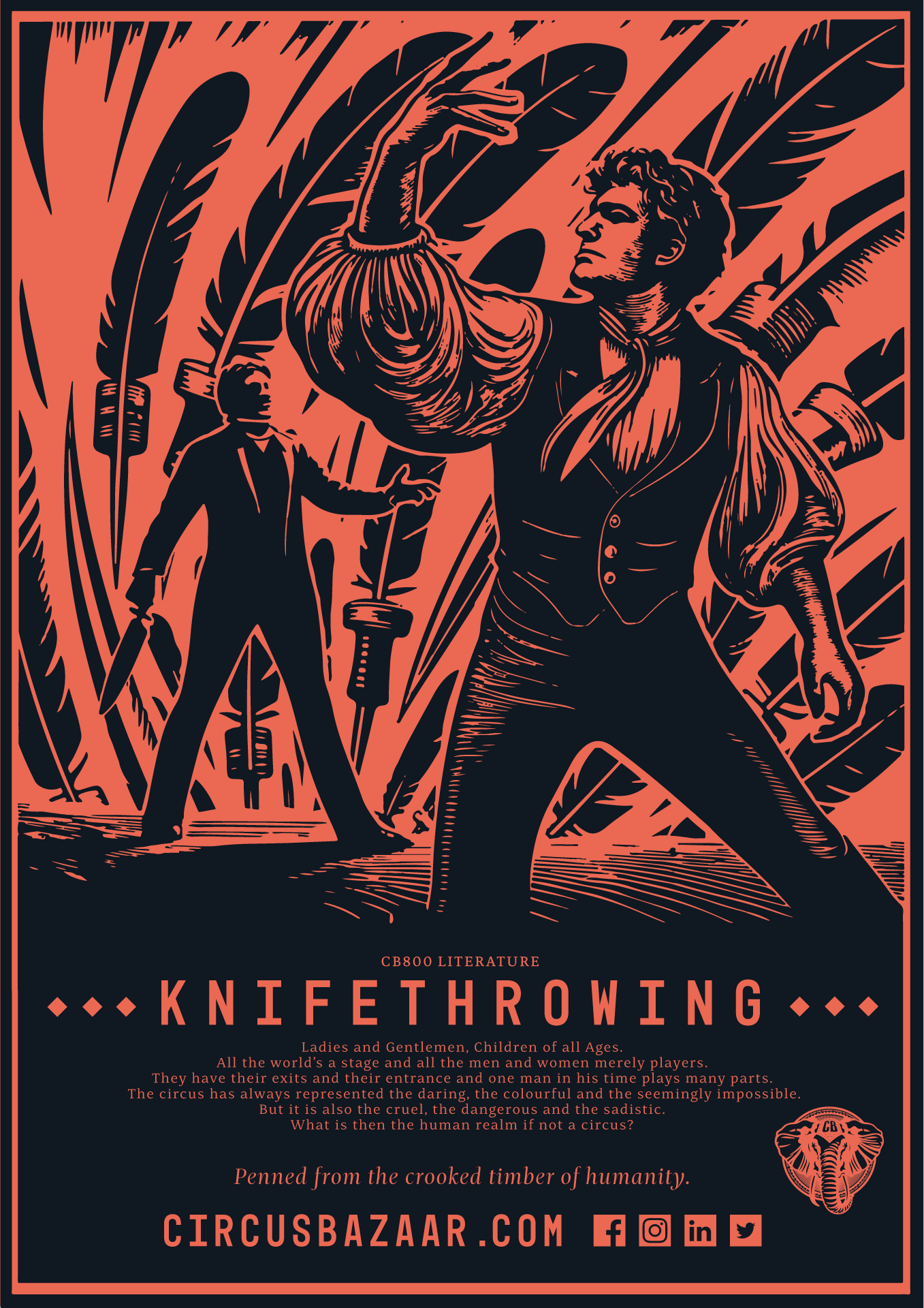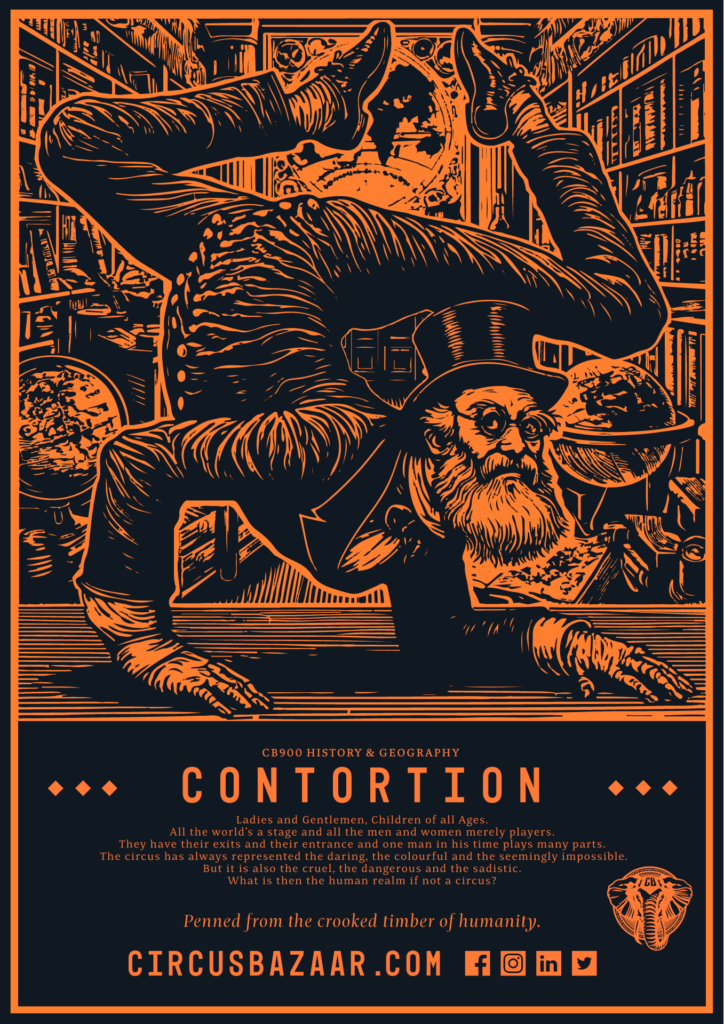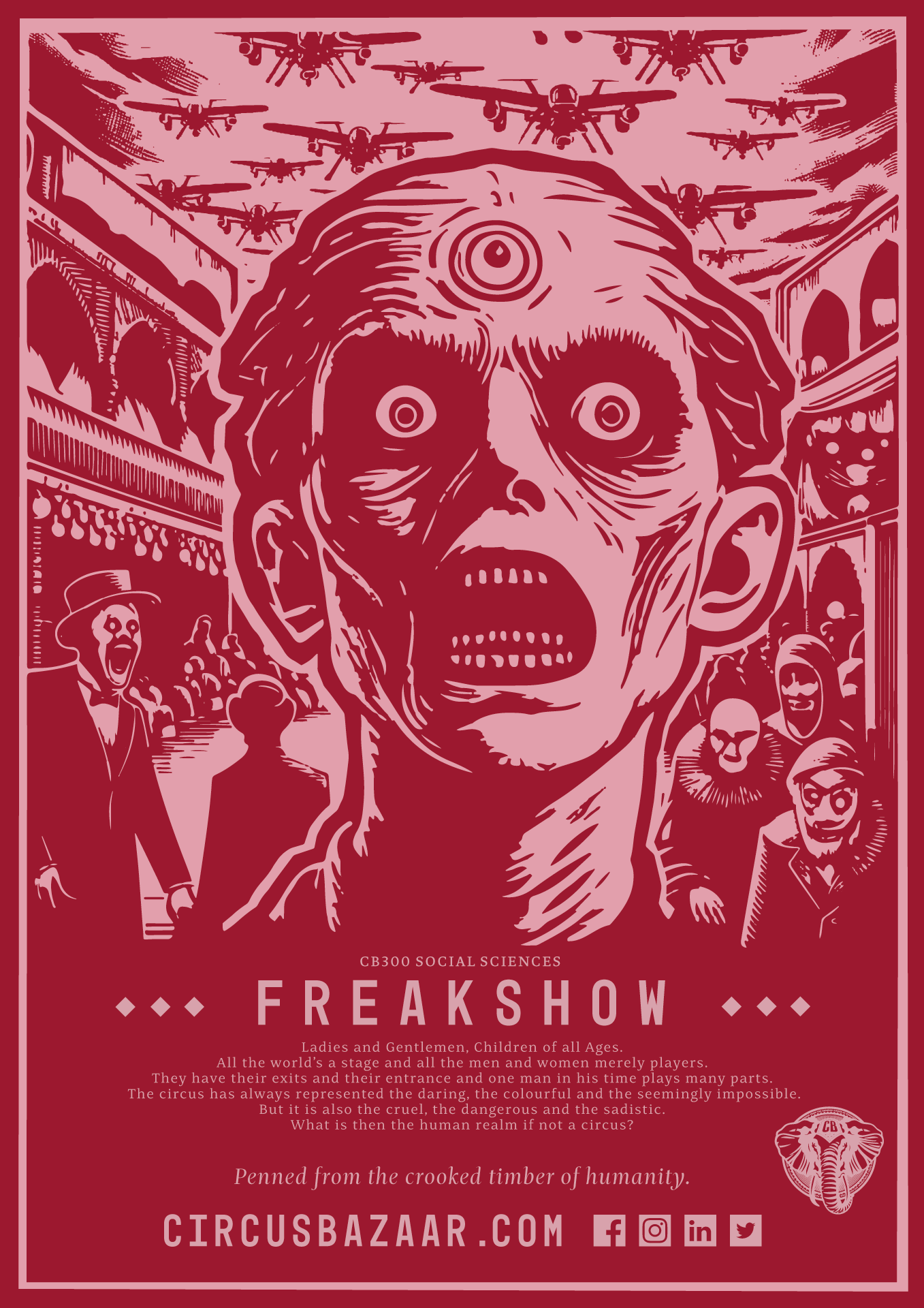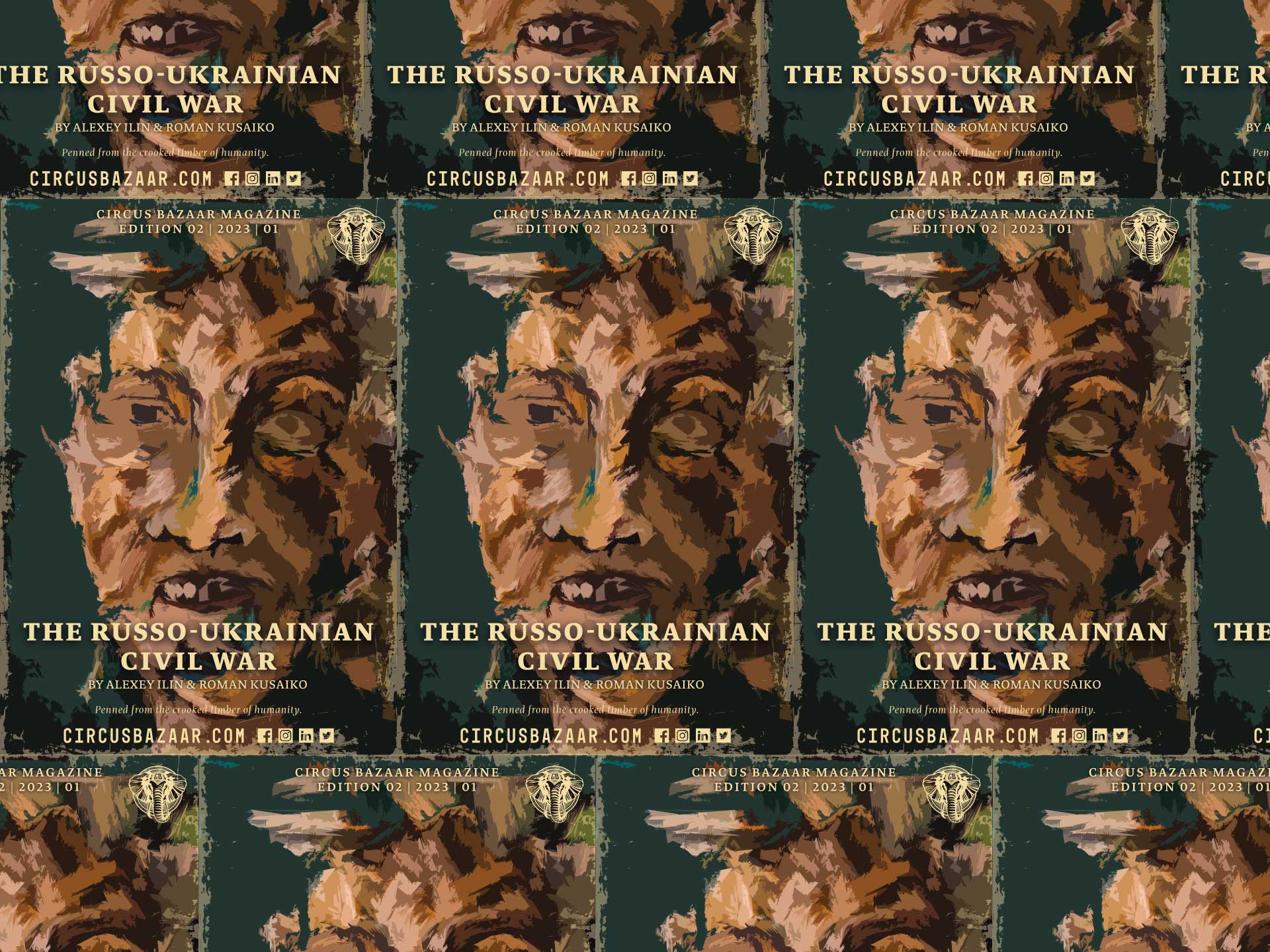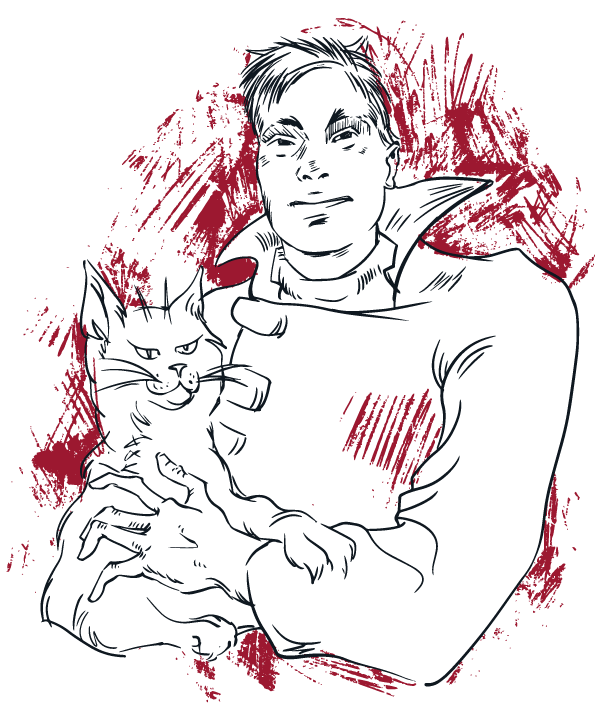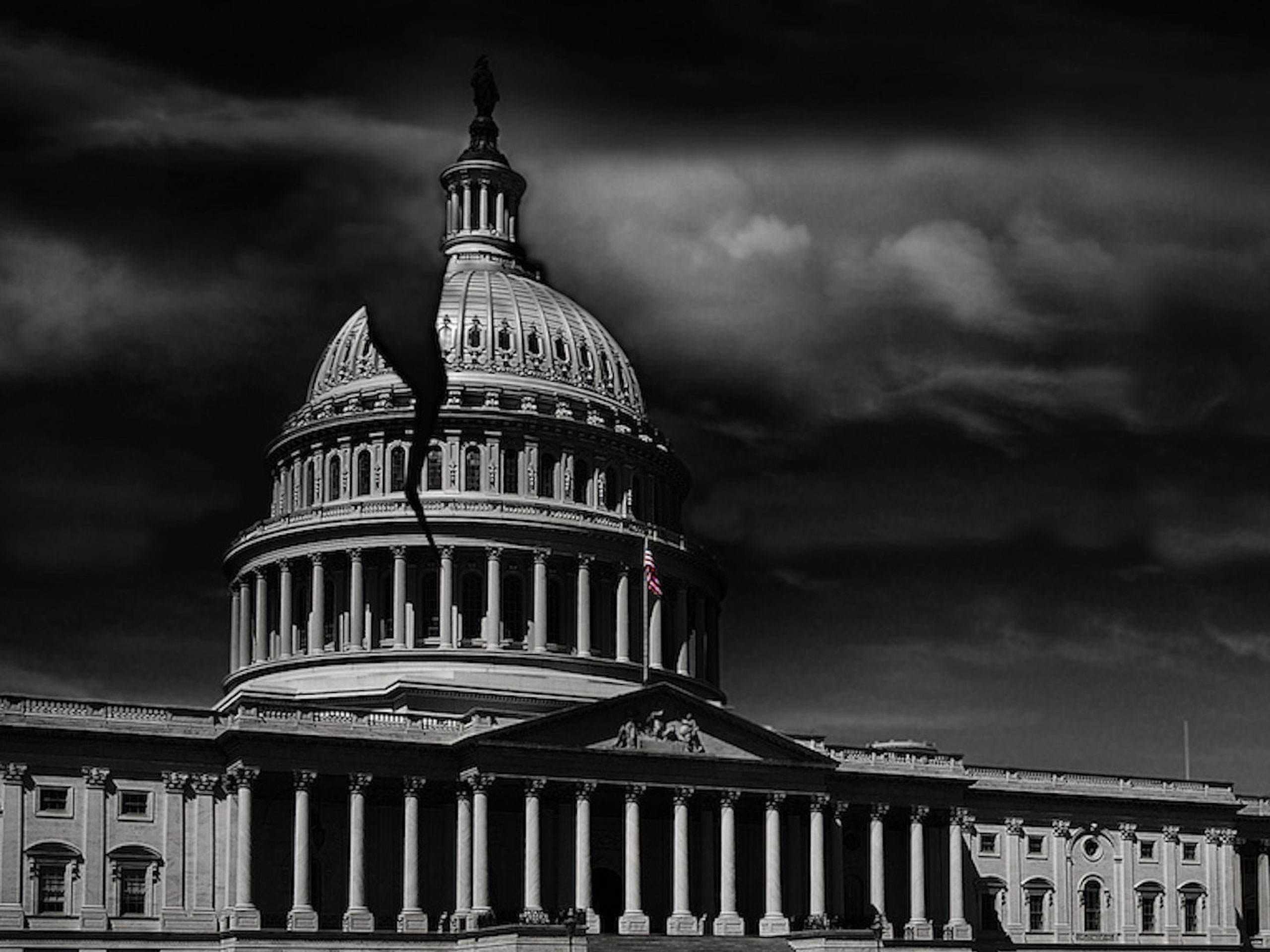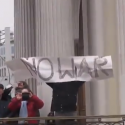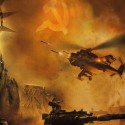The following article was written by Alexey Ilin & Roman Kusaiko
The war between Russia and Ukraine is not an ordinary conflict between two states. The men (and women) across the trenches speak the same language, share the same traditions, and their faces also look very similar. Modern Ukraine and Russia are only one generation old, and the age of both an average Ukrainian and an average Russian is a little over 40, meaning the majority of people from the belligerent states were actually born in the same country – the Soviet Union. Thus, a conflict between people from the same cultural and historical background has many characteristics of a civil war, and defining the Russo–Ukrainian conflict as such may actually help to better understand the actions of authorities, seemingly illogical decisions, and the protracted yet brutal character of the ongoing crisis.
One People?
Even one year since the war broke out, many Western people do not understand why Russia invaded Ukraine, or why the so-called ‘special military operation’ could be the only way to overcome the boiling crisis between the two neighbours. Consequently, there was no surprise Western media portrayed Russia, and Putin as its leader, as an aggressor. The situation is trickier with the Ukrainians. Some of them, especially those sympathetic to Russia in Donbass, have no doubts. Others still refuse to understand why Russians would need to fight them. In a video from the warzone published by the Telegram channel ‘Karymat’, a Ukrainian soldier decries a paramilitary fighter from the Wagner Group: ‘Am I not a Russian to you? Is a Ukrainian not a Russian? Our grandfathers were fighting together, were they not Russians? Why did you come to kill my children?’
Back in 2014, Ukraine’s president Volodymyr Zelenskyy, who was still a comedian at that time, remarked, ‘I want all of us to speak one language and understand each other … We cannot stand against the Russian people because it’s the same people’. In the 2021 Direct Line annual broadcast, Russia’s president Vladimir Putin also called Russians and Ukrainians ‘one people’. However, this time Zelenskyy (by now Ukraine’s president) rebuffed Putin, stating, ‘We are definitely not one people. Yes, we share common history, remembrance, neighbourhood, relatives, our victory over fascism [Nazi Germany] … But we, I repeat once again, are not one people … Each of us has his own way.’ Nevertheless, even after invading Ukraine, Putin continued to call Russians and Ukrainians ‘one people.’ He also expressed partial agreement that the conflict could be called a civil war albeit between people living in two different states.
The ‘civil’ aspect of the Russo–Ukrainian conflict can also be attributed to the idea that both nations belong to the same civilisation. Russian history starts from the Kievan Rus’, which was located primarily on the territories of modern Russia and Ukraine, while also encompassing minor parts of modern Poland and the Baltic states. The feudal fragmentation and upcoming Mongol invasion destroyed the Kievan Rus’ as a state and social system. Some of its regions fell under Polish control, while others became Mongol vassal states. Only after centuries of struggle and the rise of the Tsardom of Russia did broad territories of Kievan Rus’ fall under Russian control. Shared history, ethnicity, religion, and linguistic similarities are among the reasons why Russians, Ukrainians and Belarusians are considered ‘one people.’ For instance, according to the maps in Samuel Huntington’s 1993 essay ‘The Clash of Civilizations?’ and his 1996 book The Clash of Civilizations and the Remaking of World Order, Ukraine belongs to the Orthodox civilisation, which is centred around Russia and the Russian people.
In Russia itself, a similar civilisational concept was embodied by the ideology of the so-called ‘Russian World’ (Rus. Русский мир). Vladislav Surkov, a well-known ex-aide of Putin, also made multiple attempts to describe the concept, finally extending it from the strictly territorial or linguistic criteria to almost any Russian sympathisers who share Russian values and ideas. Unlike Huntington, Surkov was not a scientist but rather a bureaucrat, politician and writer who described the concept in strictly utilitarian means, resulting in a long, vague and ambiguous definition. Unsurprisingly, his political strategy failed.
Russian territorial expansion went in several directions. Eastern and Southern expansions took place relatively late in comparison to expansions in the European direction. This lack of clarity today allows Russia to justify its advancements in the East and South. On the other hand, the criteria of respect regarding Russian power and military overextends the concept without sufficient compensation, which allows Russian opposition and pro-Western Ukrainians to criticise the motives of current ruling elite and Russo–Ukrainian unity in general.
Nevertheless, as part of the Russian Empire, within the Soviet Union and even as a sovereign state, Ukraine has had some of the strongest ties with Russia in the entire post-Soviet era, with the exception of Belarus, which formed a ‘Union State’ supranational structure with Russia. As of 2021, 65% of Ukrainians use Russian language in daily communication. After the conflict in Eastern Ukraine broke out in 2014, up to five million Ukrainians moved to Russia for permanent residence. Leaked videos and interviews by Western media confirm that the Ukrainian military still uses Russian language on a regular basis. As for employment – Russian recruiters do not see any difference between Russian and Ukrainian job candidates, as the latter do not need a visa or a work permit. Nevertheless, due to the gradually escalating conflict and terrorist attacks in Russian cities, a thorough background check may be conducted. Finally, Russians are the second-largest ethnic group in Ukraine, while almost three million Russian citizens identify as Ukrainian. Regardless of the polls and recent geopolitical developments, the idea that Russia and Ukraine belong to one civilisation is still credible based on historical and factual data. However, such an idea has its limitations – the political and ideological dynamics of the last decade indicate its continuous erosion.
What Makes the Civil War ‘Civil’?
Most dictionaries define civil war as a ‘war fought between groups of people living in the same country’ (e.g. Cambridge Dictionary). Some definitions call it a conflict between a state and non-state actors in the state’s territory. These wars can be classified into two types of conflict: when the insurgents are trying to secede from the state, and when they are trying to overthrow the central government. Secession may also pursue one of two goals: either to establish a new independent state (as South Sudan did in 2011) or to join a neighbouring state (as Texas joined the United States in 1845 after seceding from Mexico in 1836).
The term ‘civil war’ is frequently used to describe a conflict that is not fought on an international level. In other words, a civil war is a ‘’domestic or ‘national’ war – fought between members of the same nation. The terms ‘country’ and ‘nation’ are usually treated as identical, even though they may represent different entities. According to National Geographic, ‘the word ‘nation’ can also refer to a group of people who share a history, traditions, culture and, often, language – even if the group does not have a country of its own.’ We have a broad array of evidence that Russians and Ukrainians are still very close to each other in terms of their history, culture and heritage, as well as the fact that they often speak the same language. Today, these peoples belong to two different countries, but we understand that several million Ukrainians live in Russia, several million Russians live in Ukraine, and each of them calls their country of residence ‘home.’ Moreover, both peoples used to share the same mother country – the Soviet Union. Even though this country ceased to exist more than 30 years ago, the ties between members of the Russo–Ukrainian nation were not severed, and the people’s commonality has largely survived the political decoupling. The ‘Russian World’ lived on as a ghost of a greater nation that used to exist within a larger country. Therefore, we may presume that the international war between the Russian and Ukrainian states also has a ‘civil war’ dimension – a conflict within the one Russo–Ukrainian nation.
Historical Repetitions
The current conflict seems shocking because it happened after many decades of peace in Europe and after signing the Helsinki Final Act of 1975. The Cold War after was a time of political and military competition but also a time of relative peace. The inception of dramatic changes was triggered by the collapse of the Warsaw Pact, Eastern European socialist regimes and the USSR itself. During the last years of the Soviet Union, internal conflicts and cross-border issues started escalating. There were multiple clashes within and between former ‘brotherly people’ in Moldova, Uzbekistan, Kyrgyzstan and Tajikistan, Armenia and Azerbaijan, Russia, and Georgia. Ukraine seemed an exception, but its ascension into the whirlpool of turmoil was imminent for the following reasons.
Like others in the USSR, Ukrainian border policy originated after the October 1917 coup and the results of the Russian Civil War that followed. The period from 1917 until 1924 was the most turbulent, which unleashed the potential of nationalism in the former imperial outskirts. After the genie of nation-building escaped the bottle, the USSR had few options to choose from. The Bolsheviks granted national minorities special autonomy and representation in the federal government. At the same time, deliberate border arrangements, the primate of party structures in the Soviet Republics and on the federal level, and a complicated procedure of cadre advancements all guaranteed the stability of the new state. These foundations were eroded during perestroika, when the Communist Party, especially on the federal level, was deprived of real authority after a series of legal changes. Consequently, the USSR quickly collapsed. The legal procedures of independence proclamations by the former socialist republics are still under question, as well as the justification of border changes during their existence within the union. In the case of Ukraine, historians and lawyers usually refer to the Crimean issue and the early declaration of independence, which automatically question Ukraine’s borders regardless of the Budapest Memorandum of 1994.
Secondly, throughout history, Ukraine was always at the epicentre of Russian politics, and initially served as a buffer between Russia and the West. Even the term ‘Ukraine’ did not have a unified meaning – it was continuously changing and primarily reflected the border region between Moscow Tsardom and its neighbours. Ukrainian territory was always disputed between the Russians, Polish and Ottomans. Moscow always needed access to either the Baltic or the Black Sea as well as needing a buffer against its two primary enemies, who were preventing Russia’s expansion. The conflict with Poland was a conflict between two Slavic nations divided on the premise of religion and regional domination. However, the threat of Muslim expansion sometimes brought two rivals together. The complexity of Russo–Polish relations and the imminent threat of the Ottoman conquests of Europe reflect the complexity of the situation of modern Ukrainian lands as disputed between three regional powers.
During its wars with Western neighbours, primarily the Livonian Order and Poland, Russia suffered several sensitive defeats across the sixteenth and seventeenth centuries before making sufficient gains following the Russo–Polish War of 1654–1667. In 1686, even Kyiv was purchased from the Polish–Lithuanian Commonwealth when the Treaty of Perpetual Peace was signed. The expansion in the Baltics coincided with the turmoil in Ukraine and betrayal of Ivan Mazepa, hetman of the Zaporozhian Host and the Left-Bank Ukraine. Some historians claim it was the moment when the ancestor of the current Ukrainian flag (blue and yellow) was born. The emergence of Ukrainian nationalism as an act of betrayal of Russia is used to claim its inferior nature and even to raise biblical connotations of Ukraine as a prodigal son, adding to the argument of ‘internal’ rather than international conflict.
Finally, Russian acquisitions in the south of Ukraine were the result of long-term conflicts with the Crimean Khanate and the Ottomans. The territory of Ukraine was divided into three major parts: Sloboda Ukraine, Malorossiya and Novorossiya. All three somehow related to the creation of the border or buffer territory between the Moscow Tsardom and her primary rivals (Poland and the Crimean Khanate / Ottomans). These territories were gradually incorporated into the Russian Empire. Moreover, if Malorossiya was incorporated sooner after the conquests in the West, Novorossiya (literally New Russia), including Crimea, was created later, with strong sentiments relating to the imperial iconography and its prominent leadership. The complicated structure of Ukrainian lands became even more complex after the partition of Poland and in the Soviet period, when Romanian and Hungarian lands became minor parts of the Ukrainian Soviet Socialist Republic.
After 1917 and during the Russian Civil War, the territory of modern Ukraine was one of the primary battlefields controlled by the Central Powers (Germany and Austria-Hungary), Whites (Russian conservatives and monarchists), Reds (Bolshevik communists), Anarchists from Huliaipole, Polish, and Reds again. That historical period, as previously in the seventeenth century, showed signs of betrayal and complexity of allegiance of the local population. It also had modern connotations: the Ukrainian leader, Pavlo Skoropadsky, was under heavy influence of the European powers, signing deals over the country’s agriculture; also, the local population did not solidly support any side, changing allegiance from Reds to nationalists, Whites and back to Reds depending on the political and economic situation. For a brief historical period, there were even two Ukraines: West Ukrainian People’s Republic and Ukrainian People’s Republic, with complicated mutual relations. The first one ended up as part of Poland while the second became one of the pillars of the USSR.
There is no surprise that such a historical complexity put its heavy mark on these lands, further aggravated during the Soviet era through controversial policies of forging cadre and national development by Petro Shelest and later Vladimir Sherbitsky, as well as the subsequent rehabilitation and incorporation of former Ukrainian nationalists into the state authorities.
Religious Turmoil
Civil wars are often caused or complicated by a religious rift. Russian historians usually claim that Mazepa’s scheming is inseparable from understanding the religious betrayal that happened in 1595, when religious hierarchs in Kyiv pleaded their allegiance to the Roman Catholic Church. Moscow Tsardom was an Orthodox Christian state. German barons with the support of the Catholic Church started their expansion into the East through Poland and the lands of the current Baltic States. The eastward expansion aimed to take over not only the lands but also the minds of people, establishing a foothold for further operations into the Orthodox lands. However, the religious conflicts were put on hold when their mutual enemy, the Ottomans, arose as the most threatening enemy of the European continent.
The influence of Catholicism did not end with the 1595 union. There have been three different churches operating in modern Ukraine: Catholic, Ukrainian Greek Catholic Church, and Ukrainian Orthodox Church (Moscow Patriarchy). During the presidency of Petro Poroshenko, the autocephalous Orthodox Church of Ukraine became a prominent player on the religious scene as an attempt to supplant the Moscow Patriarchy. In essence, the goal from the sixteenth century remains unchanged – only Moscow can be a fair competitor to the West. The smaller churches, regardless of their title, will inevitably fall under either a Western political agenda or the influence of the Roman Catholic Church.
Recently, news revealed more religious clashes between the Orthodox congregation loyal to the Moscow Patriarchy and raiders acting in favour of the Orthodox Church of Ukraine. The religious component makes the conflict even more complex because it involves not only ethnic Russians or people from the same historical background but also adherents of the same branch of Christianity.
One Truth
The religious turmoil in Ukraine is a vivid demonstration of the fact that the divide between the warring parties lies not only on the battlefield, but also in the hearts and minds of the people. In civil wars a brother often turns against brother and father against son, just like the New Testament foretold it almost two thousand years ago (e.g. see Matt. 10:21). The history of the twentieth century proved that people can fight for a political cause with a religious-like zeal, especially when they are indoctrinated to believe that their cause is ‘[the] one and only truth.’ Again, it brings us to the example of the Russian Civil War (1918–1921), being the most prominent of its kind. It was very common for the members of the same family to fight for different sides – either for the White Army or for the Red Army. All movements had its distinctive ideology and utilised various tools of propaganda. Each side claimed that their goal was to save Russia from destruction and to protect its people. Both sides blamed each other for betraying Russia’s national interests and serving as puppets of the foreign powers. Both the Whites and the Reds pledged to fight to the end, until their adversary was wiped from the face of Russia. Soviet poet Robert Rozhdestvensky wrote a poem about the war that contains the following lines: ‘There are many paths in the field, but there is only one truth’ (Rus. Много в поле тропинок, только правда одна). These words express the religious-like mindset of a civil war. One nation – one truth.
Just like a hundred years ago, the new civil war has broken many families and friendships. In a typical example, a Russian person calls his family member or friend in Ukraine and discovers that his companion supports the Ukrainian cause and denounces the Russian invasion. This perplexes the caller, who sincerely struggles to believe that a person he used to know so well has ended up on the opposite side. ‘You are one of us! How can you be with them?’ he wonders. The Ukrainians use similar arguments in their conversations with Russians. One such talk occurred between the soldiers in the video mentioned in the beginning of this article. ‘You have nothing to fight for here. Surrender and come over to our side. Or just leave and go home,’ the Ukrainian soldier told the Wagner Group fighter.
Both sides acknowledge their kinship and admit that they could actually live in peace. Yet the fighting continues, and its brutality and intensity only escalate. The Ukrainians blame their Russian adversaries for being brainwashed by Putin’s propaganda, so they often call them ‘orcs’ or ‘zombies’ – because of the letter Z that the Russian soldiers wear on their uniforms. The Russians in turn call the Ukrainians ‘puppets of America/the West/NATO’ and claim that the war would have never taken place if America had not meddled in the affairs of the Slavic people. Thus, each side imagines the ultimate end of this conflict from quite a similar perspective: defeating the military of their opponent, toppling its government, either directly or through a revolution, dismantling the propaganda machine that brainwashes its citizens, and opening their eyes to let them ‘see the truth.’ As for now, each enemy soldier is not only a unit on the battlefield, but also a host of a hostile ideology, whether the Russian World or Ukraine’s Western choice. In order to win this ideological war, each host must either be converted to the ‘true side’ or annihilated. This partly explains why both sides fight each other brutally to the point of committing war crimes.
Solutions?
At the beginning of the ‘Special Military Operation’ (SMO), Vladimir Putin and the Russian government initially declared that the objective was to defend the people of Donbas from the Ukrainian aggression. It is hard to dispute that at the beginning of the conflict, the Russian military could have used surprise attacks to bomb barracks and government offices, and attempted to paralyse the government, electric plants, gas pipelines, and communication with the West, in order to inflict maximum damage and force Ukraine to accept all terms and prevent NATO from interfering. Yet none of this was done. Many analysts worldwide argue whether it was right or wrong, whether Putin committed a strategic mistake or whether his later change of plans was adequate. Seldom do the commentators appear to bear in mind that such a great surprise offensive, distantly resembling the U.S. invasion of Iraq or the NATO operation in Yugoslavia, was simply impossible. And the main reason is this – that the Kremlin regards Ukrainians as ‘one people.’ That is the principal reason why the gas pipeline still works, Ukraine earns money for gas transit, its people do not warm themselves with campfires, and electric infrastructure is attacked only when necessary to paralyse or disrupt the military operations. This also explains why, at the beginning of the SMO, Putin asked the Ukrainian military command to attempt a coup against the current regime.
It is obvious that the ultimate goals of the SMO gradually changed from mild to the most serious scenarios, including toppling the Ukrainian government and dismantling a sovereign Ukrainian state. In accordance with this escalation, many Russian media, blogs and Telegram channels started further promoting the idea that Ukraine was an artificial country and a failed state, Ukrainian culture was absurd, Ukrainian people were largely Russian people brainwashed by Western propaganda (except for a small minority in the West who used to belong to Poland or Austria over a hundred years ago), and that in conclusion Ukraine had no right to exist and therefore most of its territory had to be integrated into Russia. Ukraine itself is often called ‘State-404,’ nowadays, and one of the objectives of the SMO is explicitly to put an end to ‘Ukrainism’ (Rus. украинство), which can be defined as an ideology of an independent Ukraine with its own language and culture.
In a similar fashion, many Ukrainian nationalists believe that Ukraine can only find safety and freedom when the imperialist Russia no longer exists. In their view, Russia needs to be partitioned into several independent states, losing the status and might of a great power and thus the ability to subjugate its neighbours. This line of thinking can be traced back to the books and articles of Stepan Bandera – the chief ideologist of Ukrainian nationalism. In his work Perspectives for a Ukrainian Revolution, he envisioned a national liberation movement for various ethnic minorities within Russian territory. In Bandera’s view, a series of such revolutions would chip away various territories from Russia and thus put an end to Moscow’s imperialism. This also explains why many Ukrainians support the idea of an independent Chechnya-Ichkeria.
Russians and Ukrainians each calling for their adversary’s destruction is another sign that this war is a civil war. A broad array of data from previous civil wars fought around the globe in the twentieth century shows that negotiated settlements are not effective in ending civil wars, as these conflicts tend to recur. A decisive military victory when one side vanquishes the other is the most effective way to end a war. This idea is present in Monica Duffy Toft’s book Securing the Peace: The Durable Settlement of Civil Wars. Indeed, all the attempts at a diplomatic settlement of the Ukrainian conflict, whether mediated by the East (China) or West (the European Union), have failed. Both sides continue to fight fiercely. The Russian media assure their citizens that the Ukrainian armed forces are crumbling and that victory is close. Kyiv places its bets on the new Western armaments and on a new counteroffensive to retake Donbas and Crimea. Each side’s propaganda keeps repeating the same statement: ‘We cannot lose this war’. This is a typical civil war dynamic. No negotiating with the enemy – fight to the end – the winner will write the history and decide the fate of our people.
A Way Out?
There is no easy way out of this Russo–Ukrainian civil war. Any negotiated settlement is liable to achieve nothing more than a short-lived armistice until one of the sides violates the ceasefire. Zelenskyy’s government has repeatedly stated that they will not surrender any Ukrainian territory to Russia, while the Russian leaders insist that Crimea’s status is non-negotiable. Moreover, Putin will never accept Ukraine joining NATO and the EU, even in a ‘sawn-off’ format without Crimea and Donbas. Both Russia and Ukraine have gone all in; both leaders have rolled the dice. A Russian victory will bring Ukraine into the ‘Russian World’, and establish a durable and lasting peace until the next political crisis hits Russia or a new nationalist awakening happens in Ukraine. A Ukrainian victory will derail Putin’s entire political strategy and possibly his government as well. It is very speculative whether the Russian Federation will collapse in the same way the Soviet Union did in 1991, but there can be no doubt that Moscow will lose the ability to project its power beyond its borders for a considerable period of time. It is also possible that the ‘Russian World’ ideology will be abandoned and a new cohort of leaders – more liberal and Western-oriented – will come to power. As the fighting rages on, the adversaries from both sides of the one quasi-nation agree upon one thing: the outcome of this war will be decided on the battlefield.

